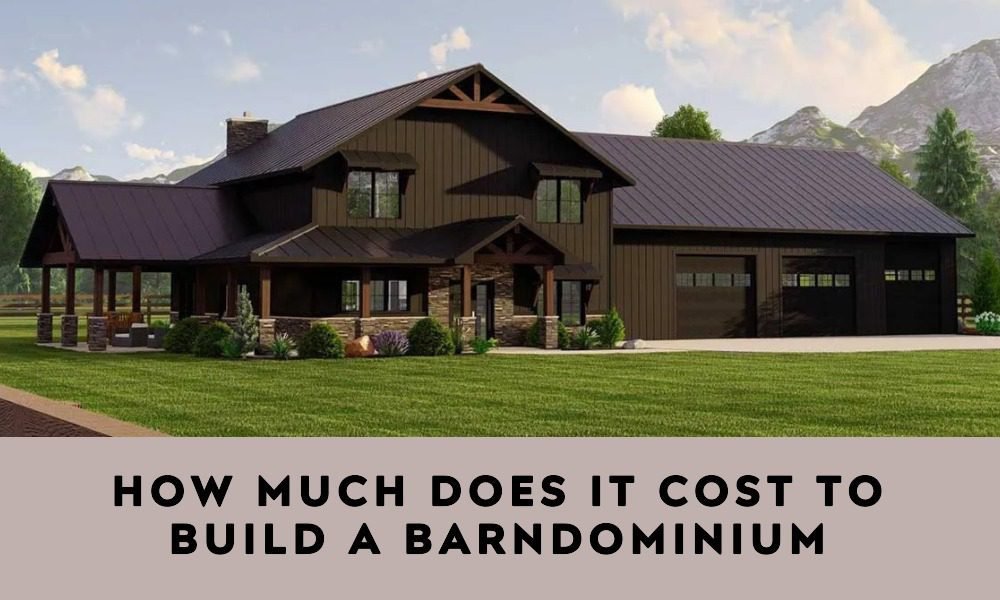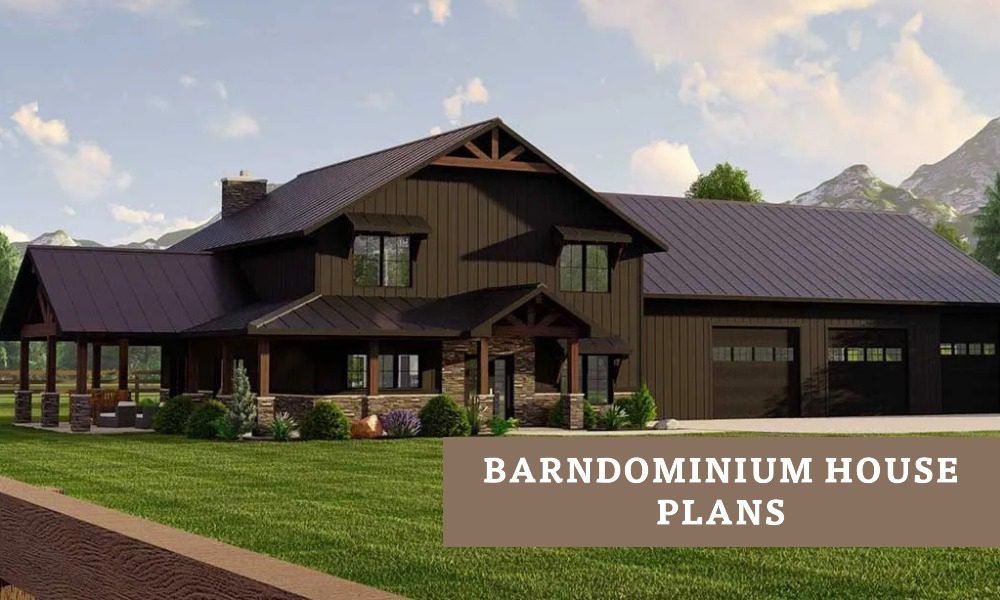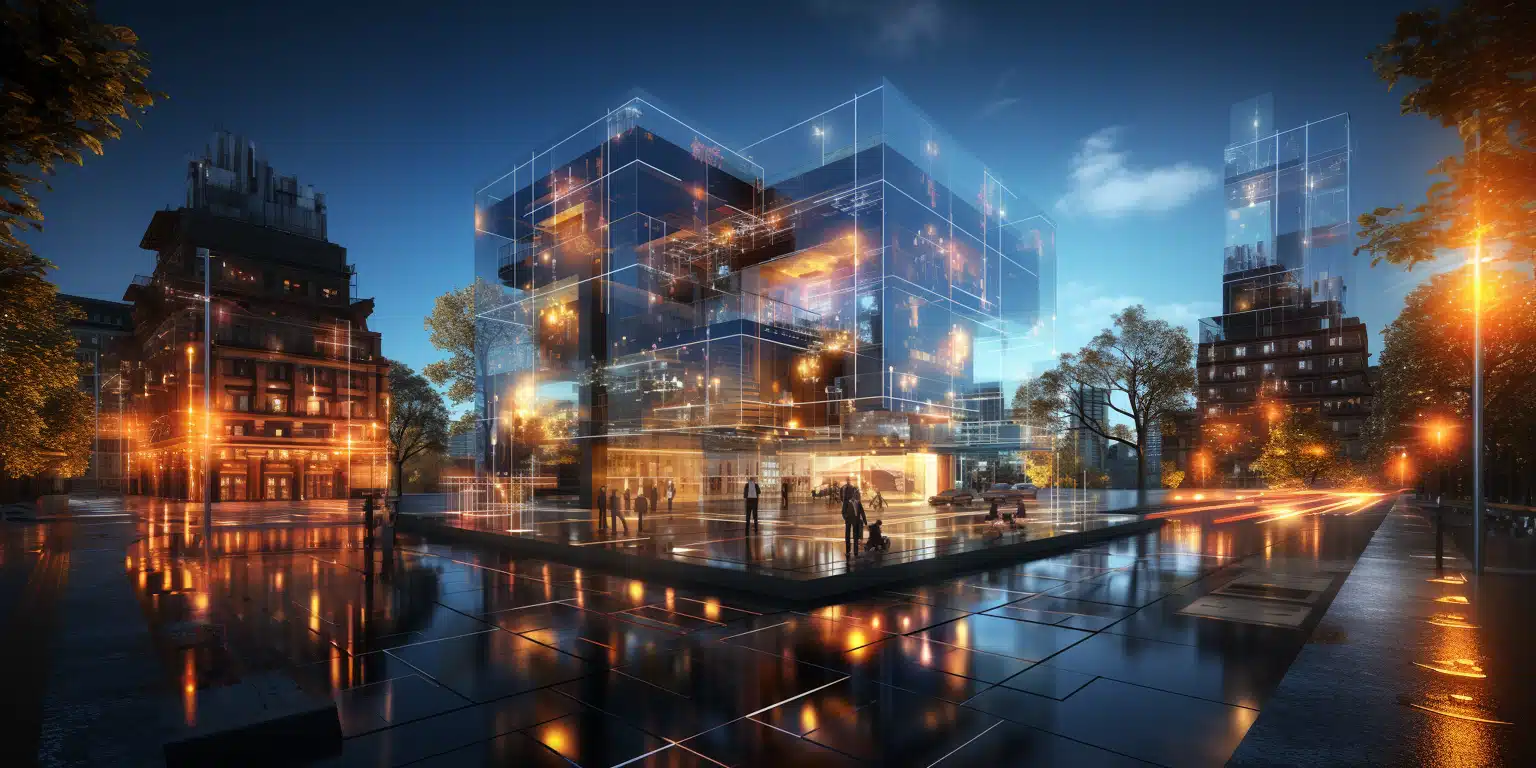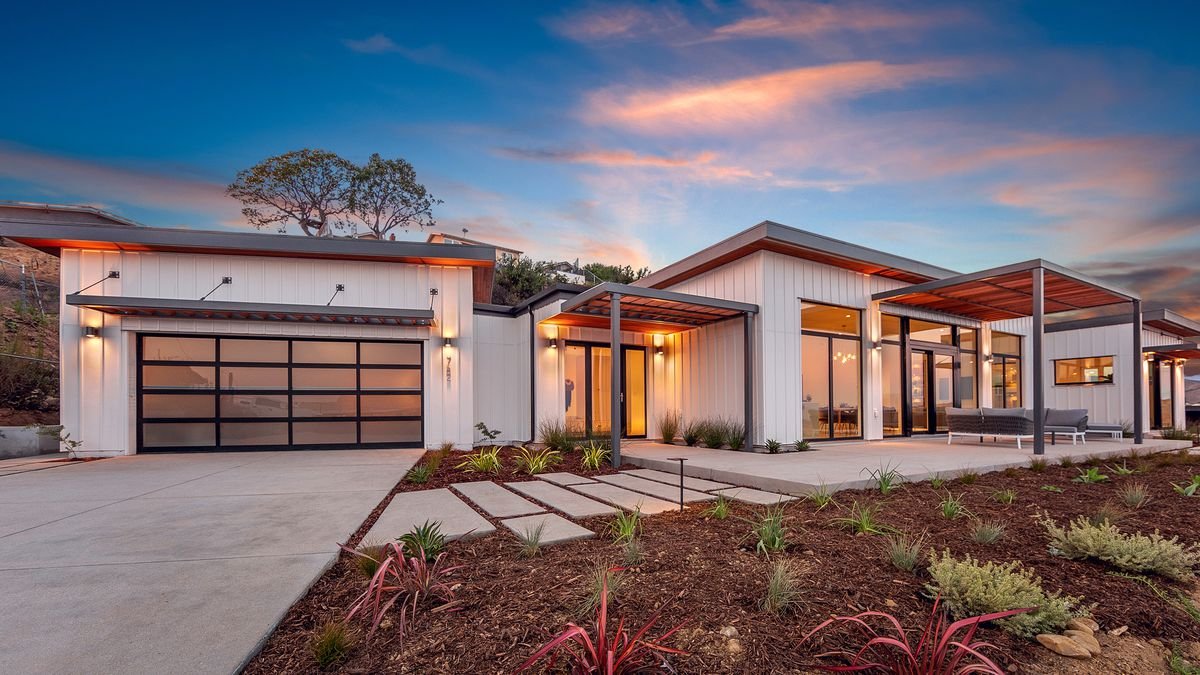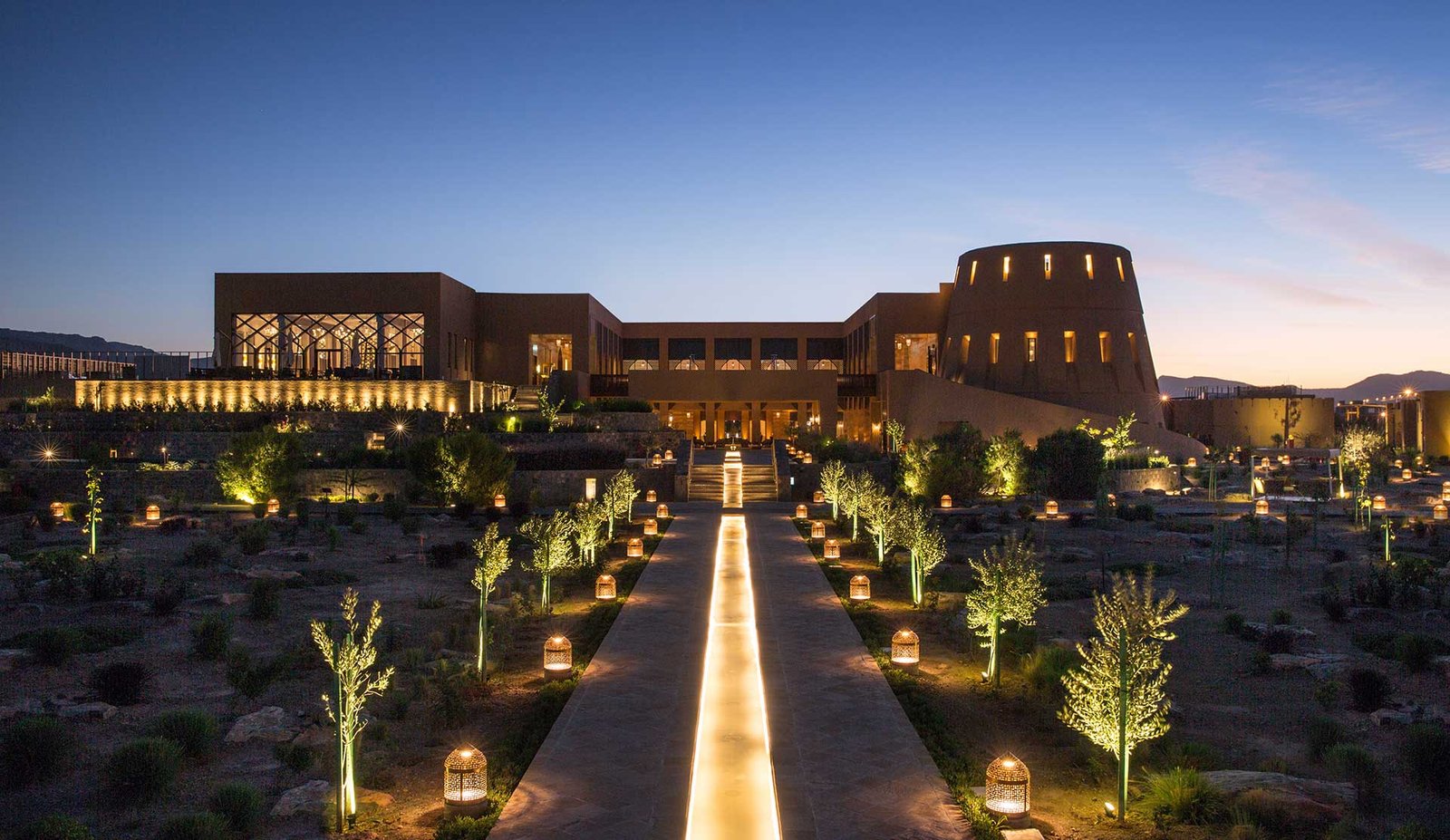
Outdoor lighting and architecture
Using lights in the exterior can have a huge impact on bringing the structures or buildings to life, changing the way people experience them. They can also be used in larger spaces, like parks, where they can have the role of helping the site become cohesive and inspiring.
Lights can change the way people walk through a determined space, it can guide them. But apart from its functionality, there is a lot of art and design involved in outdoor lighting. Shadows can be used as an artistic medium, for example.
Like with every architectural lighting project, exterior lights have to be placed with a purpose in mind, and for that, there are landscapers and architectures. What do you want to highlight? Are you looking for a dramatic effect or a merely functional path? What emotions do you want people to experience?
Table of Contents
ToggleWhy is outdoor lighting important?
Historically the relevancy of outdoor lighting was merely to help people continue with their task past the sunset.
Today, things are a bit different and lights have been recognized to have the power to enhance a place, redefine a structure, or maybe improve the use of space.
What is more, exterior lighting can also guide people towards a particular feeling or mood. Are you looking for a relaxing atmosphere, or maybe a romantic one?
Outdoor lighting is important because it modifies the way we experience a particular space and has the power to completely change its use and functionality.
Different types of outdoor lighting
There are several different ways to face an outdoor lighting project. The first question to ask is what is the purpose of the lightning you are about to set up? What is the functionality of the space and what are you looking to achieve?
Accent lighting
The first type is what we call accent lighting. This is mostly dedicated to accentuating architectural details or particular features, like a facades’ ornament or a particular path. In this case, architects prefer the use of spotlights since they focus on a particular place and can also be used to highlight landscaping aspects like trees or fountains.
Ambient lighting
The second type of outdoor lighting is ambient lighting. This doesn’t focus on a particular detail, but it’s more the general lighting and it’s all about the mood you may want to create in a certain outdoor space.
Most light fixtures for this type of lighting are not too bright, but still, promote moving around a certain area without it being too dark.
Task lighting
This is probably the most functional type of outdoor lighting.
Task lighting is all about highlighting the places that perform a particular task, like entrances, steps, and even pathways.
Other tools used in outdoor lighting
When we talk about exterior lights, it is all very similar to interior lighting. However, there are a few extra aspects we need to consider.
First of all, outdoor lights will be exposed to the elements. Making sure all outdoor fixtures are waterproof and designed to be used in exterior spaces is a must to ensure their safety and good use.
But other aspects can improve the way outdoor lights are used. Especially we are talking about sensors.
Two particular types are often preferred: motion sensors and dusk to dawn sensors.
The first type is, obviously, activated by movement. This means that when something moves in front of the sensor, the lights will turn on. This option is a very common safety lightning solution.
Dusk to dawn sensors are designed to avoid having to manually turn on the lights. They are set to recognize when natural light goes away and activates.

